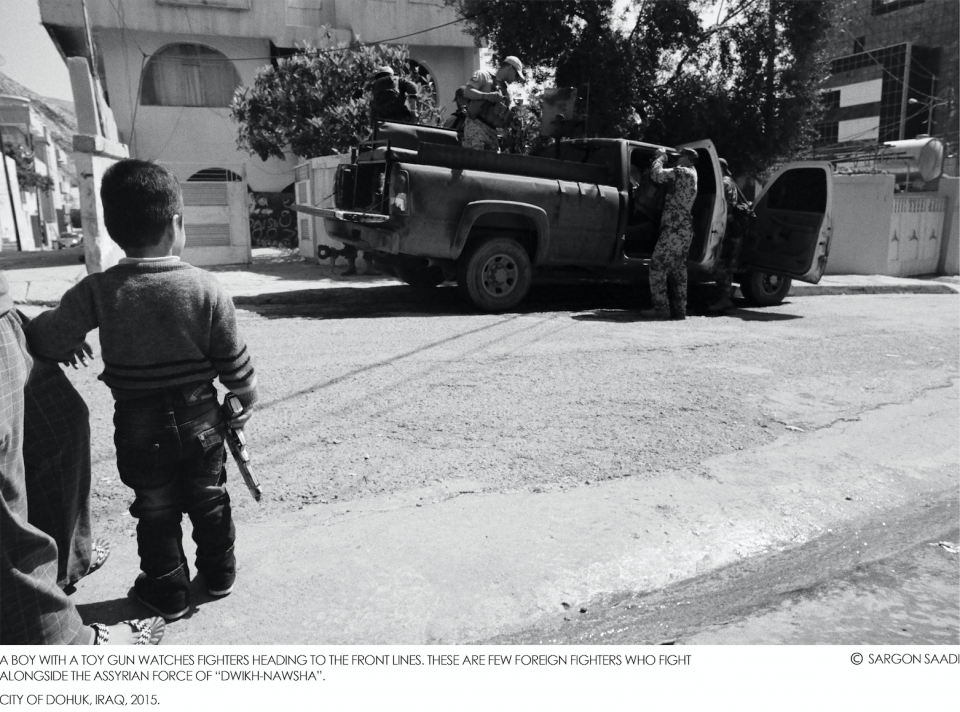

Cite as: Isaac, Mary 2019. Research Program on Assyrian Paramilitary Groups. University of California. November. http://centerforethnography.org/content/mary-isaac-research-program/essay
This link contains the three bodies of literature I look into to help explain the background of the project, the causes of in-group cohesion and division, and lastly, violence as a generative force to different kinds of mobilized action.
I look at Ethnic Conflict, Nationalism, and Group Organization literatures.
Pictured: The cover of Paul Staniland's book Networks of Rebellion: Explaining Insurgent Cohesion and Collapse
How does violence effect ethnic group cohesion? Does violence impact current political behaviors and attitudes towards one’s identification of self and of the other? There are nine Assyrian Paramilitary groups in Iraq which coexist and sometimes compete with one another simultaneously. While existing literature identifies how violence supports group cohesion, the case of Assyrian militias in Iraq that splinter over time challenges these findings. Furthermore, existing literature on ethnic militias focuses more on their strength and cohesion in comparison to one another and less on divisions within the same ethnic group. Assyrians in Iraq are a strong case for this puzzle as there are nine militias representing the same ethnic group. Rather than compare the dynamics of paramilitary group formation and strength, this study will be looking at the impact of violence on the division amongst the Assyrian militias. By looking at whether violence has shaped identity and how identity has been transmitted across generations, I hope to determine whether the different encounters with violence and perpetrators results in the current political variation of Assyrians. I will engage in in-depth interviews with current paramilitary members of each existing Assyrian militia, their parents, and grandparents. I expect that those who have had more recent experiences with violence are more likely to identify the enemy as the most recent aggressor. I also expect that paramilitary members who have not personally experienced violence, but whose parents or grandparents have been persecuted or attacked, will most likely identify the enemy as their family member’s aggressor, and this in turn, will influence their current identity.

This photo demonstrates the legacy of violence in Iraq; a young boy carries a toy gun, onlooking the militants with curiousity and admiration. This environment is the normal situations for Assyrians in the Nineveh Plains; their hisotry has been written by violence.
Link to accounts of attacks against Assyrians.
I will be creating an excel spreadsheet containing all of the attacks against Assyrians, by year, location, perpetrator, cause, outcome, and after the interviews, by survivors and their current situations. By understanding and organizing the contexts of the secondary sources that give me these accounts of violence, I can cross-check information told by the subjects today to check for memory biases and to see if certain attacks had a greater impact on identity formation and out-group perception

The Assyrian Policy Institute puts forward the most reliable, recent, and detailed current information on Assyrians in the Middle East.
Their reports are instrumental in helping scholars understand the current social, economic, and political details of Assyrians.